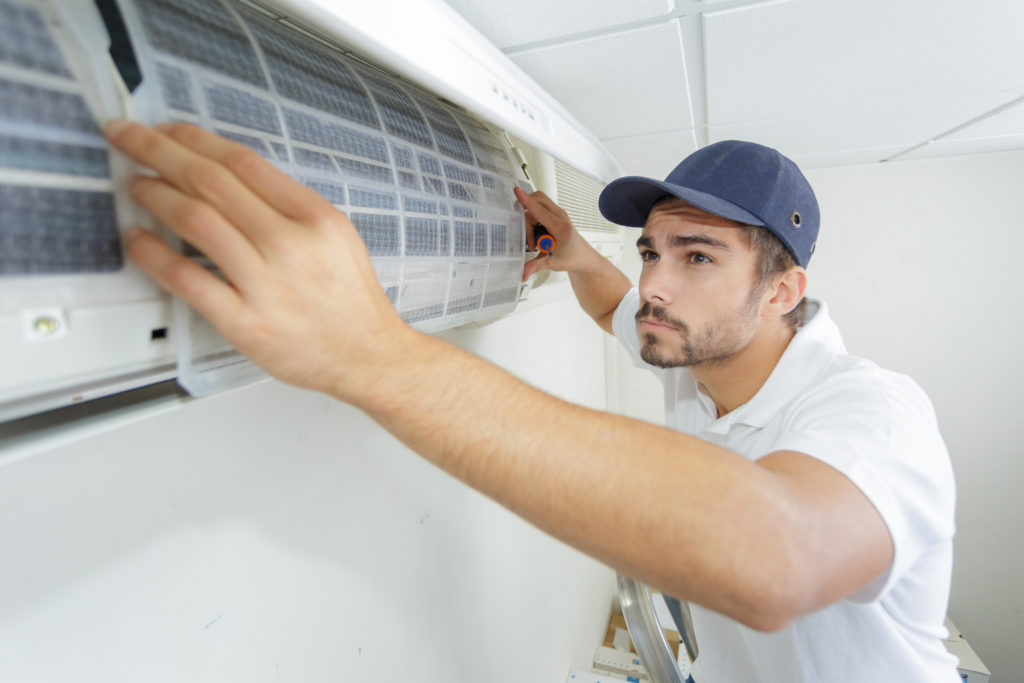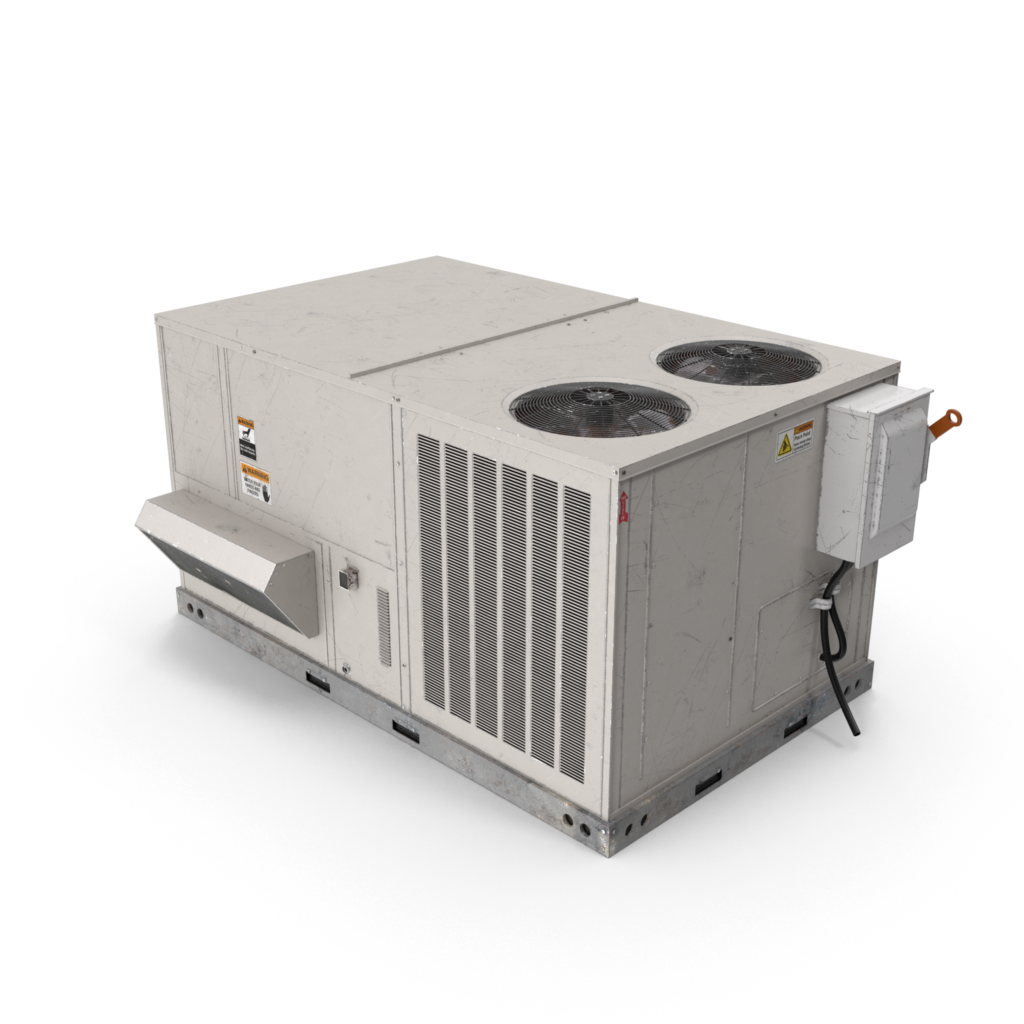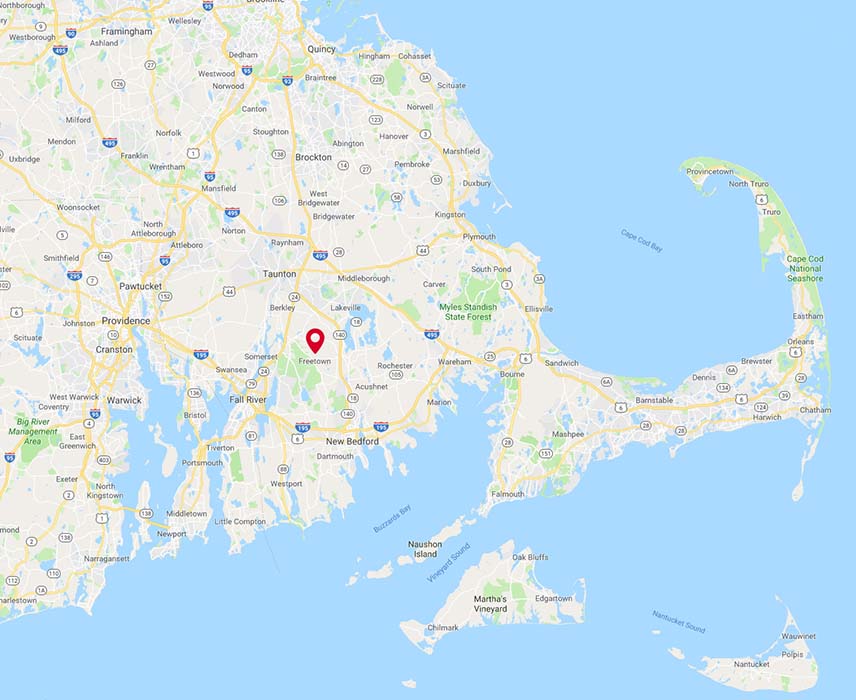Benefits of a Maintenance Agreement
We schedule your maintenance automatically at the right time for your business and your equipment. You don’t have to worry about forgetting to call and then trying to get someone on that really hot day. This option is available without a Maintenance Agreement as well.
With our upfront pricing, you can plan the agreement into your budget ahead of time. We even offer payment plans to fit your needs.
On those really hot or really cold days, our maintenance agreement customers are at the front of the line with priority service. It’s nice to be special sometimes.





